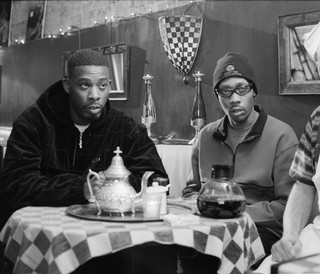Still Lives
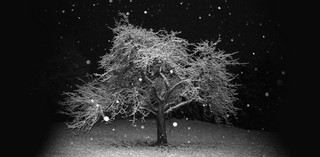
Production still from 24 Frames 2017 / Director: Abbas Kiarostami / Image courtesy: CG Cinéma / View full image
When
9 Oct 2022 – 12 Mar 2023
Where
Gallery of Modern Art, Cinema A & Cinema B
About
Presented in conjunction with the Gallery exhibition ‘Still Life Now’ (24 September 2022 – 19 February 2023), ‘Still Lives’ explores themes relating to life, death, and transformation. From the macabre to the magnificent, the films included in this program delve into varying cinematic ruminations on life; its creation, preservation, and ultimate transfiguration.
The program is presented across four interconnected strands – Stillness, Excess, Transition, and Transformation.
Stillness
‘Stillness’ slowly drifts through a range of everyday scenarios to find beauty in the banal. The selected films make room for quiet thought and observation by using long takes, static camera shots and minimalist sets, all of which highlight the gentle magnificence of the ordinary and overlooked.
Abbas Kiarostami 24 Frames 2017 All Ages
Jim Jarmusch Coffee and Cigarettes 2003 M
Liu Jiayin Oxhide 2005 Ages 15+
Enrique Rivero Parque vía 2008 Ages 15+
Phil Collins the meaning of style 2011 All Ages
Excess
‘Excess’ features stories of extravagance and indulgence. Some use visually lavish depictions of food to create a sense of bacchanalia gone mad, whilst others shine a light on the communities that emerge from the remnants of excessive industry and urban development.
Peter Strickland Flux Gourmet 2022 MA15+
Eddie White Carnivore Reflux 2006 Ages 12+
Peter Greenaway The Cook, the Thief, His Wife and Her Lover 1989 R18+
Yashaswini Raghunandan That Cloud Never Left 2019 All Ages
Jia Zhangke Still Life 2006 Ages 15+
Transition
‘Transition’ presents experiences of life and death and the rituals that mark these moments as points of transition. From the darkly comedic to the visually arresting, the selected films explore traditions of grief and mourning, not only for the loss of loved ones, but also for the loss of routine and lifestyle.
Sima Urale Still Life 2001 Ages 15+
Roy Andersson A Pigeon Sat on A Branch Reflecting on Existence 2014 M
Carl Olsson Meanwhile on Earth 2020 Ages 15+
Pedro Costa Vitalina Varela 2019 Ages 18+
Cristi Puiu The Death of Mr Lazarescu 2005 M
Transformation
‘Transformation’ features stories of alchemical alterations and anthropomorphic allegories, where the natural meets the unnatural, to explore contemporary relations between humans, plants, and animals.
György Pálfi Taxidermia 2006 R18+
Robert Zemeckis Death Becomes Her 1992 M
Roger Corman A Bucket of Blood 1959 M
Jan Švankmajer Insects 2018
Jessica Hausner Little Joe 2019 M
Yorgos Lanthimos The Lobster 2015 MA15+
Program curated by Victoria Wareham, Australian Cinémathèque.
QAGOMA acknowledges the generous assistance of the National Film and Sound Archive of Australia, Canberra; the American Genre Film Archive, Austin; and the Eye Filmmuseum, Amsterdam in providing materials for this program.
Past
-
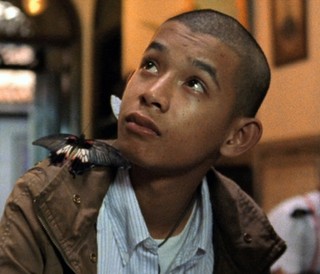
the meaning of style 2011 All Ages
- When 11.00 am, Sun 12 Mar 2023 (60 mins)
- Where GOMA
-

the meaning of style 2011 All Ages
- When 11.00 am, Sun 5 Mar 2023 (60 mins)
- Where GOMA
-

the meaning of style 2011 All Ages
- When 11.00 am, Sun 26 Feb 2023 (60 mins)
- Where GOMA
-

the meaning of style 2011 All Ages
- When 11.00 am, Sun 19 Feb 2023 (60 mins)
- Where GOMA
-

the meaning of style 2011 All Ages
- When 11.00 am, Sun 12 Feb 2023 (60 mins)
- Where GOMA
-

the meaning of style 2011 All Ages
- When 11.00 am, Sun 5 Feb 2023 (60 mins)
- Where GOMA
-

the meaning of style 2011 All Ages
- When 11.00 am, Sun 29 Jan 2023 (60 mins)
- Where GOMA
-

the meaning of style 2011 All Ages
- When 11.00 am, Sun 22 Jan 2023 (60 mins)
- Where GOMA
-

the meaning of style 2011 All Ages
- When 11.00 am, Sun 15 Jan 2023 (60 mins)
- Where GOMA
-
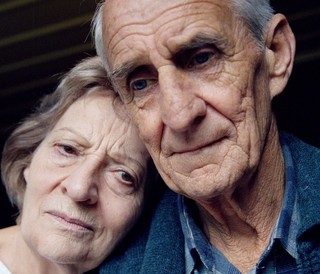
Still Life 2001 Ages 15+
- When 11.00 am, Sun 18 Dec 2022 (60 mins)
- Where GOMA
-

Still Life 2001 Ages 15+
- When 11.00 am, Sun 11 Dec 2022 (60 mins)
- Where GOMA
-

Still Life 2001 Ages 15+
- When 11.00 am, Sun 4 Dec 2022 (60 mins)
- Where GOMA
-

Still Life 2001 Ages 15+
- When 11.00 am, Sun 27 Nov 2022 (60 mins)
- Where GOMA
-

Still Life 2001 Ages 15+
- When 11.00 am, Sun 20 Nov 2022 (60 mins)
- Where GOMA
-

Still Life 2001 Ages 15+
- When 11.00 am, Sun 13 Nov 2022 (60 mins)
- Where GOMA
-

Still Life 2001 Ages 15+
- When 11.00 am, Sun 6 Nov 2022 (60 mins)
- Where GOMA
-

Still Life 2001 Ages 15+
- When 11.00 am, Sun 30 Oct 2022 (60 mins)
- Where GOMA
-

Still Life 2001 Ages 15+
- When 11.00 am, Sun 23 Oct 2022 (60 mins)
- Where GOMA
-
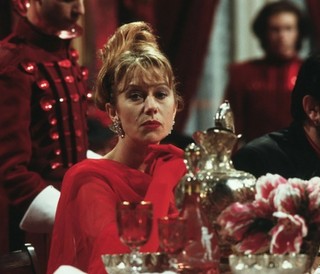
Carnivore Reflux + The Cook, the Thief, His Wife and Her Lover 1989 – 2006 R18+
- When 2.45 pm, Sun 16 Oct 2022 (131 mins)
- Where GOMA
-

Still Life 2001 Ages 15+
- When 11.00 am, Sun 16 Oct 2022 (60 mins)
- Where GOMA
-
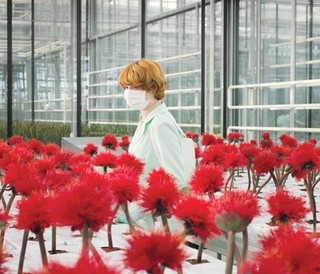
Little Joe 2019 M
- When 3.00 pm, Sun 12 Mar 2023 (104 mins)
- Where GOMA
-
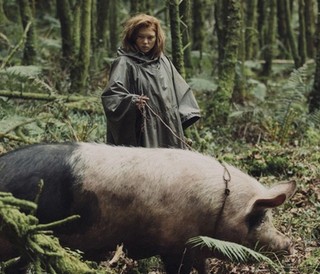
The Lobster 2015 MA15+
- When 12.30 pm, Sun 12 Mar 2023 (118 mins)
- Where GOMA
-
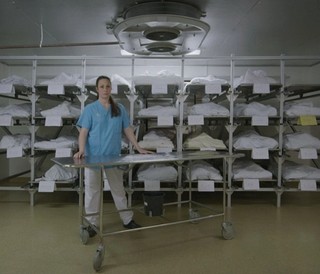
Samtidigt På Jorden (Meanwhile On Earth) 2020 Ages 15+
- When 3.15 pm, Sun 5 Mar 2023 (72 mins)
- Where GOMA
-
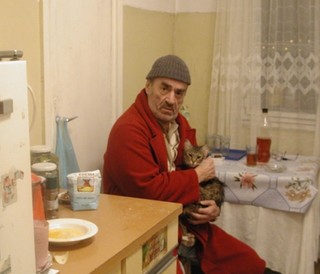
The Death of Mr Lazarescu 2005 M
- When 12.15 pm, Sun 5 Mar 2023 (153 mins)
- Where GOMA
-
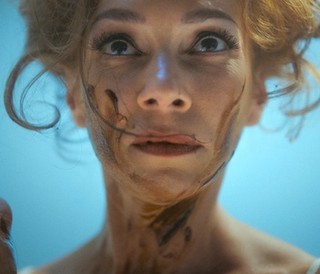
Flux Gourmet 2022 MA15+
- When 3.00 pm, Sun 26 Feb 2023 (111 mins)
- Where GOMA
-
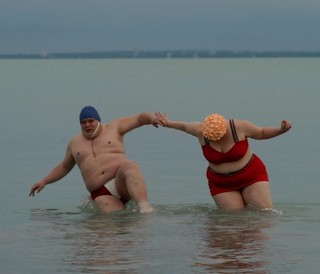
Taxidermia 2006 R18+
- When 1.00 pm, Sun 26 Feb 2023 (91 mins)
- Where GOMA
-
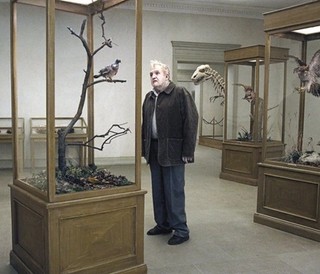
A Pigeon Sat on a Branch Reflecting on Existence 2014 M
- When 3.00 pm, Sun 19 Feb 2023 (101 mins)
- Where GOMA
-
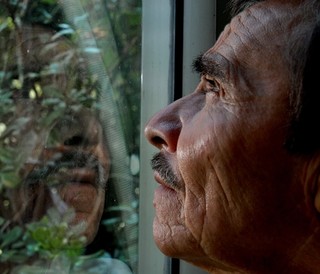
Parque vía 2008 Ages 15+
- When 1.00 pm, Sun 19 Feb 2023 (86 mins)
- Where GOMA
-

The Lobster 2015 MA15+
- When 2.45 pm, Sun 12 Feb 2023 (118 mins)
- Where GOMA
-
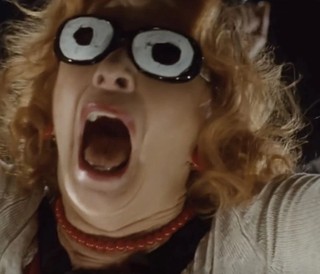
Hmyz (Insects) 2018 Ages 18+
- When 12.30 pm, Sun 12 Feb 2023 (98 mins)
- Where GOMA
-
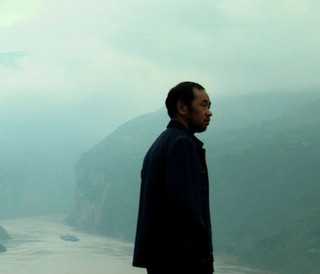
三峡好人 (Still Life) 2006 Ages 15+
- When 2.45 pm, Sun 5 Feb 2023 (111 mins)
- Where GOMA
-
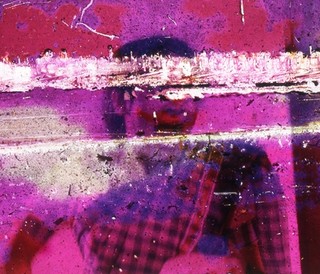
That Cloud Never Left 2019 All Ages
- When 1.00 pm, Sun 5 Feb 2023 (63 mins)
- Where GOMA
-
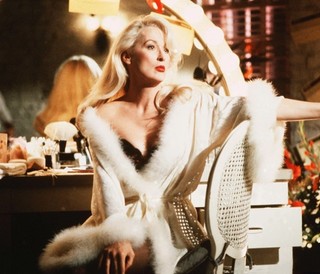
Death Becomes Her 1992 M
- When 2.45 pm, Sun 29 Jan 2023 (104 mins)
- Where GOMA
-

Little Joe 2019 M
- When 12.30 pm, Sun 29 Jan 2023 (104 mins)
- Where GOMA
-

三峡好人 (Still Life) 2006 Ages 15+
- When 2.45 pm, Sun 22 Jan 2023 (111 mins)
- Where GOMA
-
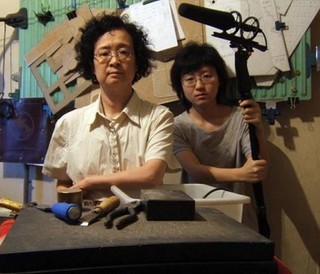
Niu pi (Oxhide) 2005 Ages 15+
- When 12.15 pm, Sun 22 Jan 2023 (110 mins)
- Where GOMA
-

Samtidigt På Jorden (Meanwhile On Earth) 2020 Ages 15+
- When 3.00 pm, Sun 15 Jan 2023 (72 mins)
- Where GOMA
-
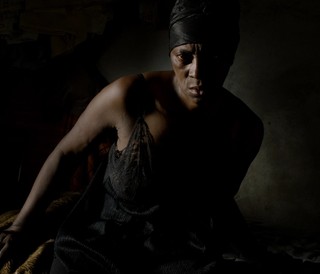
Vitalina Varela 2019 Ages 18+
- When 12.15 pm, Sun 15 Jan 2023 (124 mins)
- Where GOMA
-

24 Frames 2017 All Ages
- When 2.45 pm, Sun 18 Dec 2022 (114 mins)
- Where GOMA
-

A Pigeon Sat on a Branch Reflecting on Existence 2014 M
- When 12.30 pm, Sun 18 Dec 2022 (101 mins)
- Where GOMA
-

Parque vía 2008 Ages 15+
- When 3.00 pm, Sun 11 Dec 2022 (86 mins)
- Where GOMA
-
Coffee and Cigarettes 2003 M
- When 1.00 pm, Sun 11 Dec 2022 (95 mins)
- Where GOMA
-

Eating & Drinking Hmyz (Insects) 2018 Ages 18+
- When 3.00 pm, Sun 4 Dec 2022 (98 mins)
- Where GOMA
-
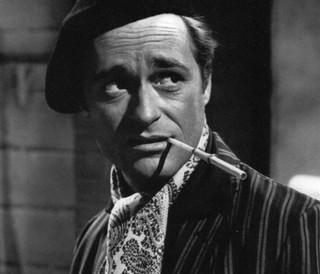
A Bucket of Blood 1959 M
- When 1.30 pm, Sun 4 Dec 2022 (64 mins)
- Where GOMA
-

Taxidermia 2006 R18+
- When 3.00 pm, Sun 27 Nov 2022 (91 mins)
- Where GOMA
-

The Cook, the Thief, His Wife and Her Lover 1989 R18+
- When 12.15 pm, Sun 27 Nov 2022 (124 mins)
- Where GOMA
-

That Cloud Never Left 2019 All Ages
- When 3.30 pm, Sun 20 Nov 2022 (63 mins)
- Where GOMA
-

Niu pi (Oxhide) 2005 Ages 15+
- When 3.00 pm, Sun 13 Nov 2022 (110 mins)
- Where GOMA
-

Death Becomes Her 1992 M
- When 3.15 pm, Sun 6 Nov 2022 (104 mins)
- Where GOMA
-

A Bucket of Blood 1959 M
- When 11.00 am, Sun 30 Oct 2022 (64 mins)
- Where GOMA
-

The Death of Mr Lazarescu 2005 M
- When 2.15 pm, Sun 23 Oct 2022 (153 mins)
- Where GOMA
-
Coffee and Cigarettes 2003 M
- When 12.15 pm, Sun 23 Oct 2022 (95 mins)
- Where GOMA
-

Flux Gourmet 2022 MA15+
- When 12.15 pm, Sun 16 Oct 2022 (111 mins)
- Where GOMA
-

Vitalina Varela 2019 Ages 18+
- When 2.45 pm, Sun 9 Oct 2022 (124 mins)
- Where GOMA
-

24 Frames 2017 All Ages
- When 12.15 pm, Sun 9 Oct 2022 (114 mins)
- Where GOMA





